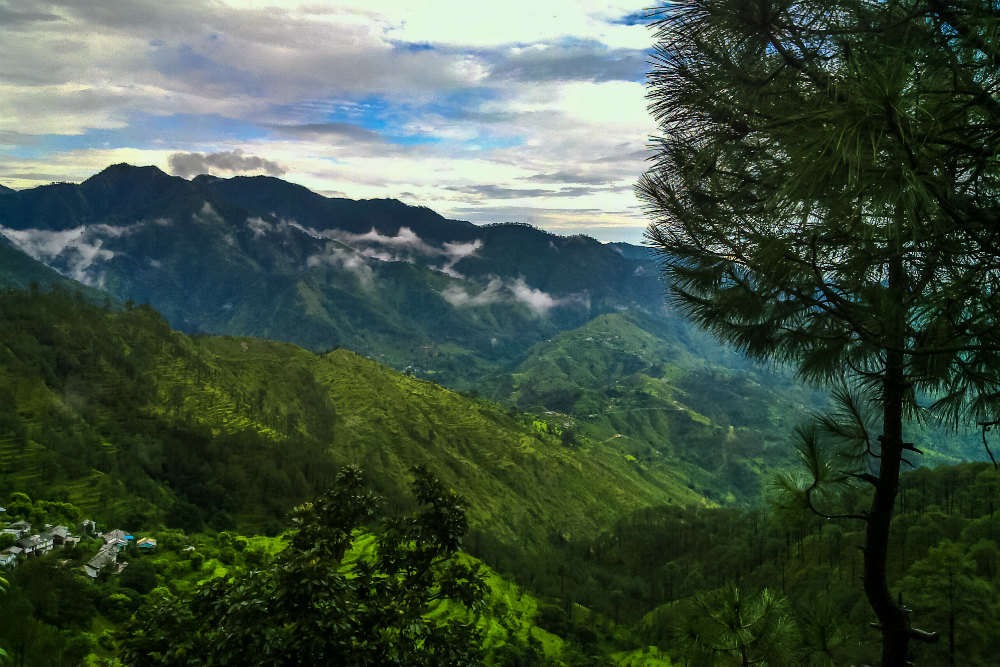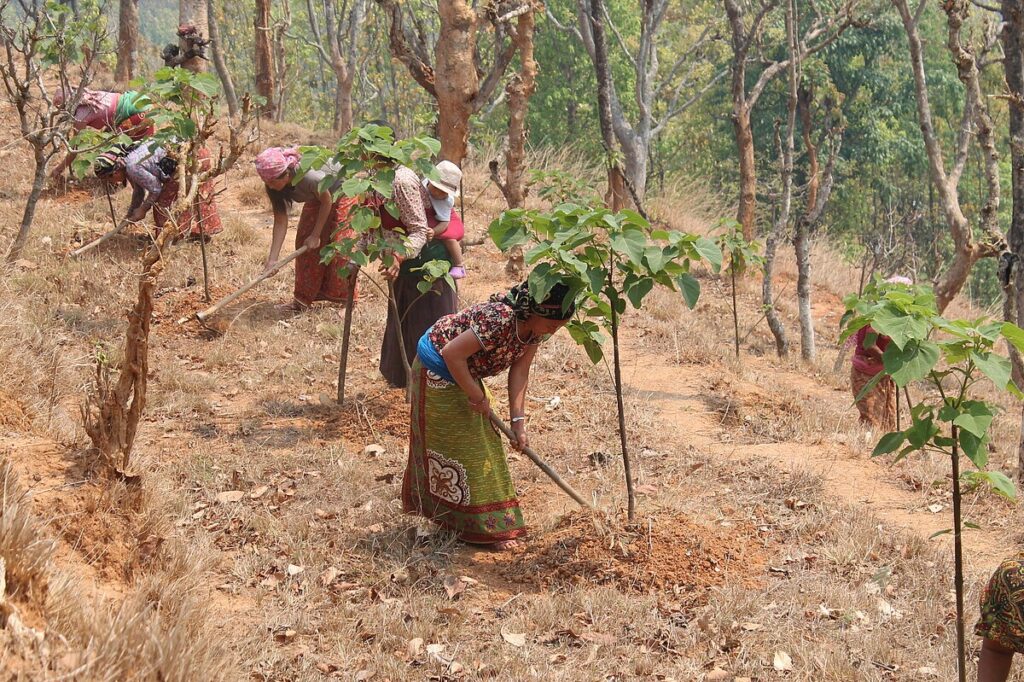Geography and Extent of the Shivalik Range
The Shivalik Himalayas, commonly referred to as the Outer Himalayas, constitute the southernmost and most geologically recent part of the Himalayan mountain range. Extending from Jammu and Kashmir in the west to Arunachal Pradesh in the east, this range encompasses a substantial area of the Himalayan foothills. Averaging elevations between 900 and 1200 meters, the Shivalik range delineates the division between the Indo-Gangetic plains and the greater Himalayas. Shivalik Himalayas vary in height from 600 to 1500 meters.
The term ‘Shivalik’ is rooted in Sanskrit, combining ‘Shiva’ (a principal Hindu deity) and ‘Alaya’ (home), which translates to “the dwelling place of Lord Shiva.” These hills are mainly formed of sedimentary rocks, including siltstone, claystone, and conglomerates, which have developed over millions of years as eroded materials from the higher Himalayas have settled.

Ecology and Biodiversity
The Shivalik Himalaya range is a rich reservoir of plant and animal life, known for its abundant biodiversity and diverse ecosystems. The forests here feature a combination of deciduous and tropical vegetation, including species like sal (Shorea robusta), sheesham, bamboo, teak, and numerous medicinal plants. These woodlands are essential for sustaining ecological balance by providing habitat for wildlife and mitigating soil erosion.
The fauna of Shivalik includes notable species such as Bengal tigers, leopards, Himalayan black bears, elephants, wild boars, and barking deer. A crucial conservation area in this region is Rajaji National Park, which extends across Uttarakhand and harbors hundreds of elephants and tigers.
Besides mammals, the Shivalik Himalaya serves as a paradise for bird enthusiasts. The Shivalik Himalaya forests are home to species like peacocks, hornbills, parakeets, owls, and eagles. The diverse ecological niches facilitate the cohabitation of various species, establishing the Shivaliks as a biological hotspot. Initiatives are in place to identify and safeguard these areas through biosphere reserves and wildlife sanctuaries, highlighting the urgent need to protect this biodiversity amid increasing developmental challenges.
Research in the Shivalik Hills of Himachal Pradesh has documented a remarkable diversity of medicinal plants. A study recorded 330 medicinal plant species belonging to 85 families and 263 genera. These plants are integral to traditional healthcare practices and are utilized for treating various ailments. The study also highlights the presence of endemic and near-endemic species, emphasizing the region’s ecological significance. https://www.bsmpsbooks.com/journal/2000/article/OU5KQUkw
Historical and Archaeological Importance
The Shivalik Himalaya are not only significant ecologically but also carry immense historical and archaeological value. Excavations in regions like Ropar (Punjab), Sirmaur (Himachal Pradesh), and parts of Haryana have revealed artifacts dating back to the prehistoric era and the Indus Valley Civilization.
Evidence suggests that the foothills of the Shivalik Himalaya were among the earliest zones of human settlement and agricultural experimentation. Paleolithic tools, pottery shards, and burial sites discovered in the region indicate human activity dating back tens of thousands of years.
This region also forms the backdrop for many ancient myths and legends. According to Hindu scriptures, sages and ascetics often retreated to the dense forests of the Shivalik for penance and spiritual practice. The dense foliage and remote valleys offered perfect solitude for meditation.
The region also played a role in the development of early Vedic culture and trade routes, serving as a corridor between the plains and the higher Himalayas. The strategic location of the Shivaliks continues to be vital for both cultural preservation and archaeological exploration.
Environmental Challenges and Conservation Efforts
The Shivalik Himalayas, known for their natural beauty and importance, are currently facing significant environmental challenges. Unchecked deforestation, irresponsible mining practices, excessive grazing, and urban sprawl are leading to severe land degradation. The loss of forests has resulted in a noticeable drop in groundwater levels and a decline in biodiversity, while mining activities have made hill slopes unstable, increasing the risk of landslides and erosion.

The Shivalik Himalayas represent more than just the outer limit of the majestic Himalayan range; they serve as a birthplace for ancient cultures, a sanctuary for diverse life forms, and an essential buffer for the environment. With their archaeological traces from prehistoric times and vibrant ecological pathways, the Shivaliks narrate a tale of unity between nature and culture. As we find ourselves at a pivotal moment between environmental degradation and a sustainable future, we all must take on the responsibility of conserving the Shivalik Himalayas.
Their protection is crucial not only for ecological balance but also for maintaining the cultural and historical legacy they represent. By implementing informed policies, promoting responsible tourism, and engaging in inclusive community initiatives, the Shivaliks can persist as a beacon of India’s natural and spiritual heritage.

